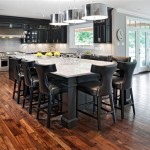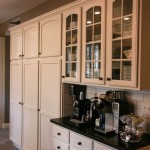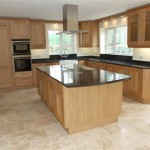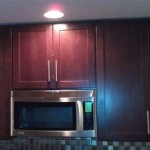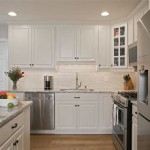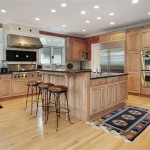Bottom Molding For Kitchen Cabinets
Cabinet molding is an excellent way to add a decorative touch to your kitchen. It can subtly, yet effectively, impact a kitchen's overall style. Base molding is particularly useful for concealing any gaps between the cabinets and the floor, improving the overall look and preventing dirt from collecting in those hard-to-reach places.
There are many different types of bottom molding for kitchen cabinets, such as shoe molding, quarter-round molding, and cove molding. The type suitable for you will depend on the style of your kitchen and your personal preferences. For example, shoe molding is a simple and versatile option that can complement various kitchen styles. Quarter-round molding is another popular choice that adds a bit more detail and can help to hide any unevenness in the floor. Cove molding is a more decorative option that can add a touch of elegance to your kitchen.
Once you've chosen the type of bottom molding you want, you'll need to cut it to size. You can use a miter saw to make precise cuts, or you can use a hand saw if you're comfortable doing so. Once the molding is cut to size, you'll need to attach it to the bottom of your cabinets. This can be done using nails, screws, or a combination of both. If you're using nails, be sure to countersink them so that they don't stick out.
Once the molding is attached, you can finish it to match the rest of your cabinets. This can be done using paint or stain. If you're painting the molding, be sure to use a high-quality paint that will resist chipping and peeling. If you're staining the molding, be sure to use a stain that is compatible with the type of wood you're using.
Bottom molding is a relatively easy and inexpensive way to add a decorative touch to your kitchen. It can help to conceal any gaps between the cabinets and the floor, improving the overall look and preventing dirt from collecting in those hard-to-reach places.
Here are some additional tips for installing bottom molding for kitchen cabinets:
- Make sure the surface of the cabinets is clean and dry before attaching the molding.
- Use a level to ensure that the molding is straight.
- Use a brad nailer to attach the molding to the cabinets. This will help to prevent the nails from splitting the wood.
- Fill any nail holes with wood filler and sand them smooth.
- Paint or stain the molding to match the rest of your cabinets.

Adding Moldings To Your Kitchen Cabinets Remodelando La Casa

7 Types Of Cabinet Moldings And How To Use Them Properly

10 Types Of Kitchen Cabinet Molding For Your Home

Easy And Inexpensive Cabinet Updates The 15 Minute Fix Adding Trim To Bottom Of Cabinets Rozy Home Kitchen Update

7 Types Of Cabinet Moldings And How To Use Them Properly

Adding Molding To Cabinets Make Them Look Built In Young House Love

Adding Molding To Cabinets Make Them Look Built In Young House Love

How To Add Molding Cabinets For A Gorgeous Finish Inspiration Moms

Adding Moldings To Your Kitchen Cabinets Remodelando La Casa

Moldings Finish And Trim With Gary Striegler Part 14 Youtube


